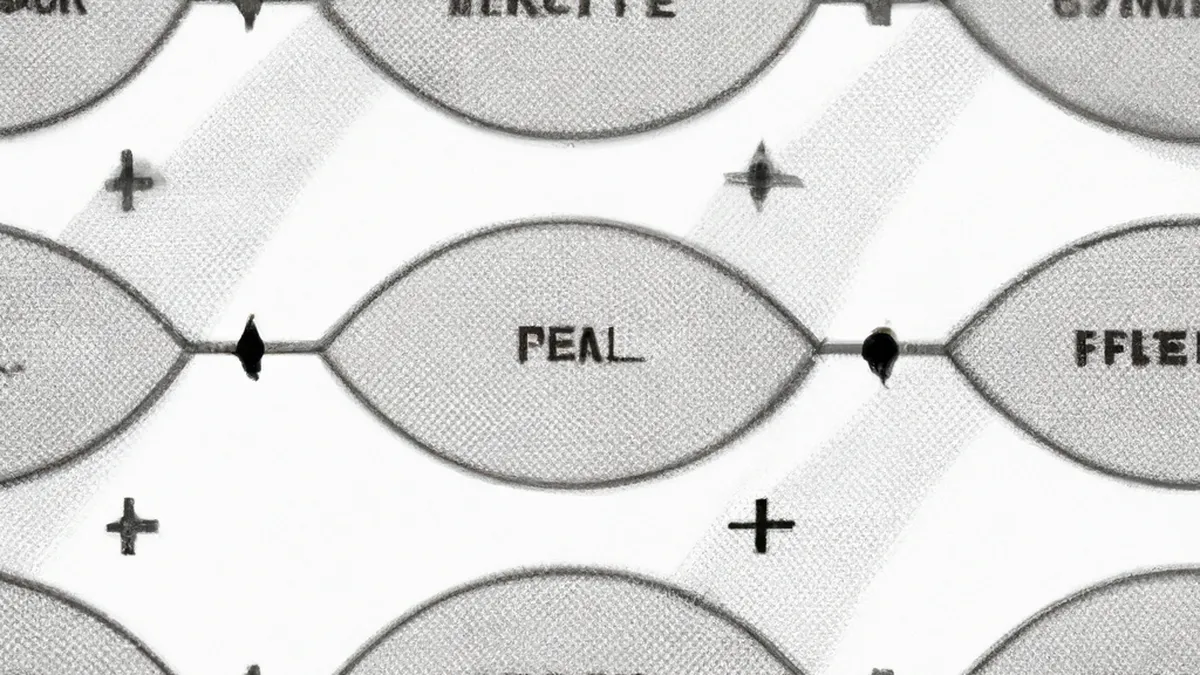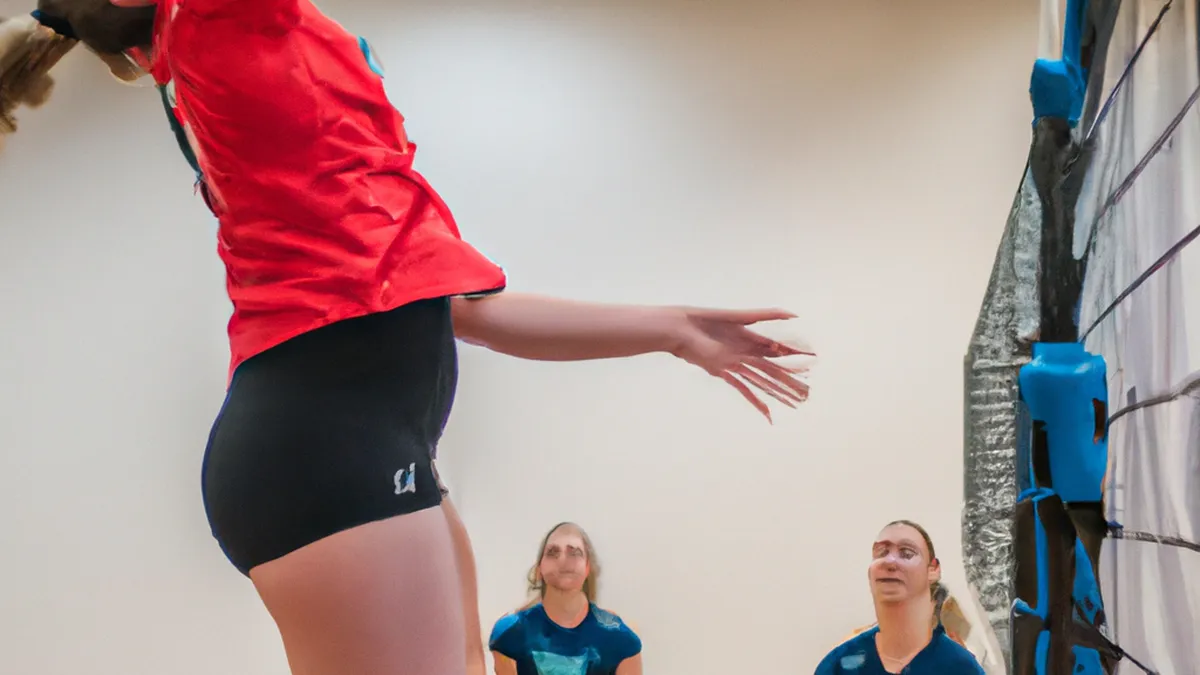Quarterback Skillset Growth via Speed Endurance
The Benefits of Speed Endurance Work for Quarterbacks
Quarterbacks play a vital role in football. They lead the team, make quick decisions, and execute plays under pressure. Speed endurance helps them maintain performance throughout the game. It combines sprinting ability with sustained performance, crucial for quarterbacks. This post explores speed endurance benefits, training incorporation, and actionable improvement tips.
Understanding Speed Endurance
Speed endurance means sustaining high-intensity efforts over time. For quarterbacks, this includes throwing accurate passes while maintaining speed and agility. It involves anaerobic and aerobic conditioning. Anaerobic conditioning supports short bursts of activity, like sprinting to evade defenders. Aerobic conditioning helps with longer exertion, such as executing multiple plays. Improving speed endurance allows quarterbacks to excel in critical moments, especially late in games when fatigue sets in.
Why Speed Endurance Matters
Quarterbacks experience intense pressure during games. They must react quickly to changing situations on the field. They evade defenders, assess coverage, and execute accurate throws under duress. Speed endurance training helps quarterbacks maintain performance in these moments. Enhanced endurance allows them to evade defenders and deliver accurate throws, especially in the fourth quarter.
Key Components of Speed Endurance Training
Quarterbacks should focus on several key components to enhance speed endurance:
1. **Interval Training**: Alternate between high-intensity sprints and rest. Sprint for 20 seconds, then rest for 40 seconds. Repeat this cycle for 20-30 minutes to build conditioning.
2. **Agility Drills**: Include quick foot movement drills. Ladder drills, cone sprints, and shuttle runs enhance lateral movement and quickness. These improve speed and the ability to change direction rapidly.
3. **Strength Training**: Build leg and core strength to support speed and endurance. Perform squats, lunges, and plyometric movements like box jumps. These exercises improve explosive power for quick speed bursts and throwing force.
4. **Sport-Specific Drills**: Incorporate drills that mimic game situations. Practice throwing on the run, quick-release throws, and simulated pressure scenarios. Game-like practice helps quarterbacks develop necessary skills.
Tips for Effective Speed Endurance Work
To maximize speed endurance, focus on consistent training and proper recovery.
Conclusion
In summary, speed endurance training enhances quarterback performance, especially in high-pressure situations.
Below are related products based on this post:
FAQ
What is speed endurance and why is it important for quarterbacks?
Speed endurance refers to the ability to sustain high-intensity efforts over time. For quarterbacks, this means being able to throw accurate passes while maintaining speed and agility. It is crucial because it helps them perform effectively under pressure, especially during critical moments late in games when fatigue can set in.
What are some effective training methods to improve speed endurance for quarterbacks?
To enhance speed endurance, quarterbacks should focus on several training methods, including interval training (alternating between high-intensity sprints and rest), agility drills (like ladder drills and cone sprints), strength training (focusing on leg and core strength), and sport-specific drills that mimic game scenarios. These methods help improve both speed and endurance needed for the position.
How can quarterbacks ensure they are maximizing their speed endurance training?
To maximize speed endurance training, quarterbacks should maintain a consistent training schedule and prioritize proper recovery. This includes allowing adequate rest between training sessions, incorporating varied drills to keep workouts engaging, and paying attention to nutrition and hydration to support overall performance.















Post Comment